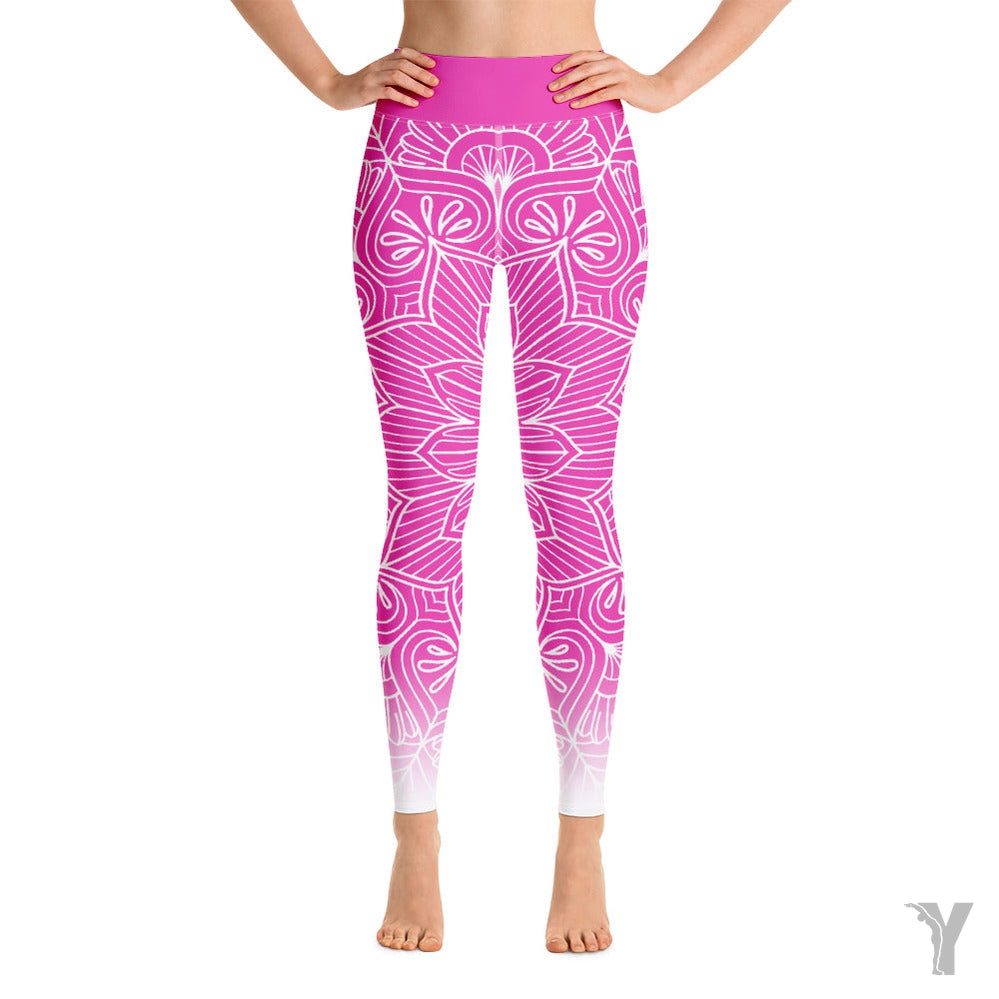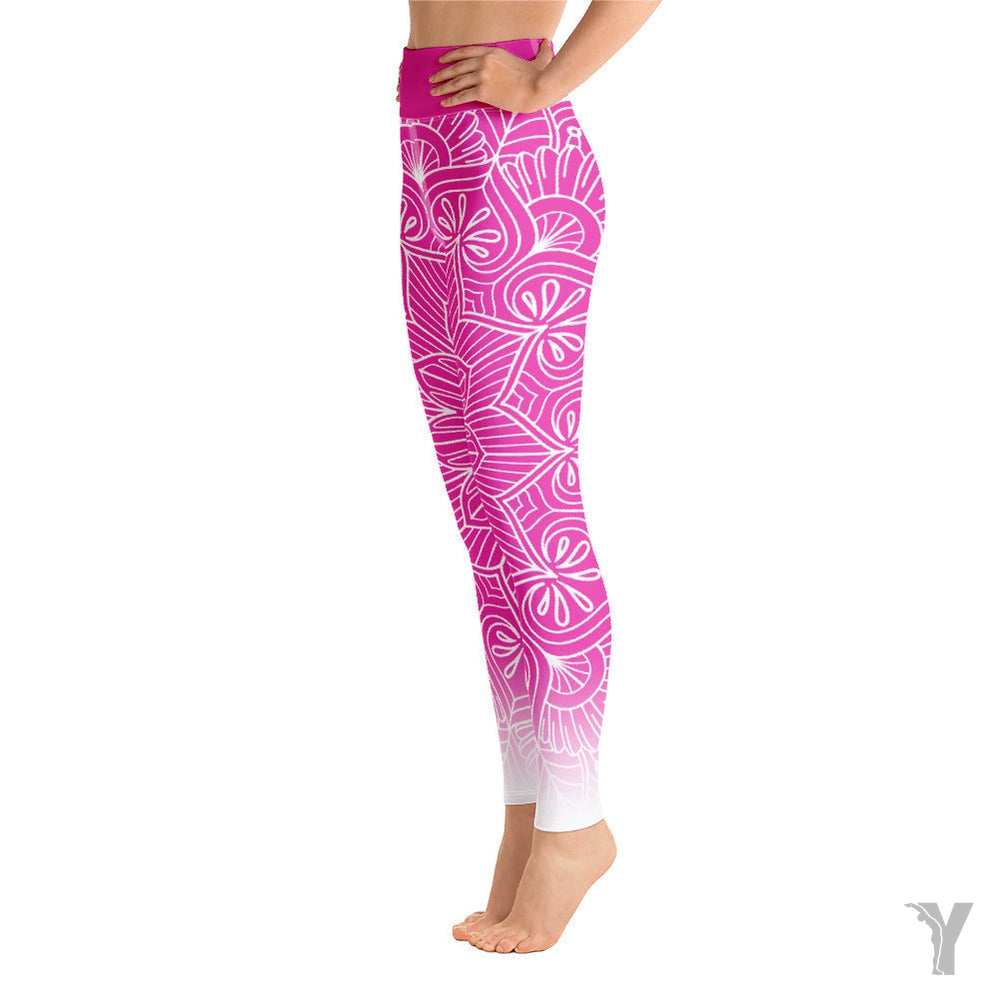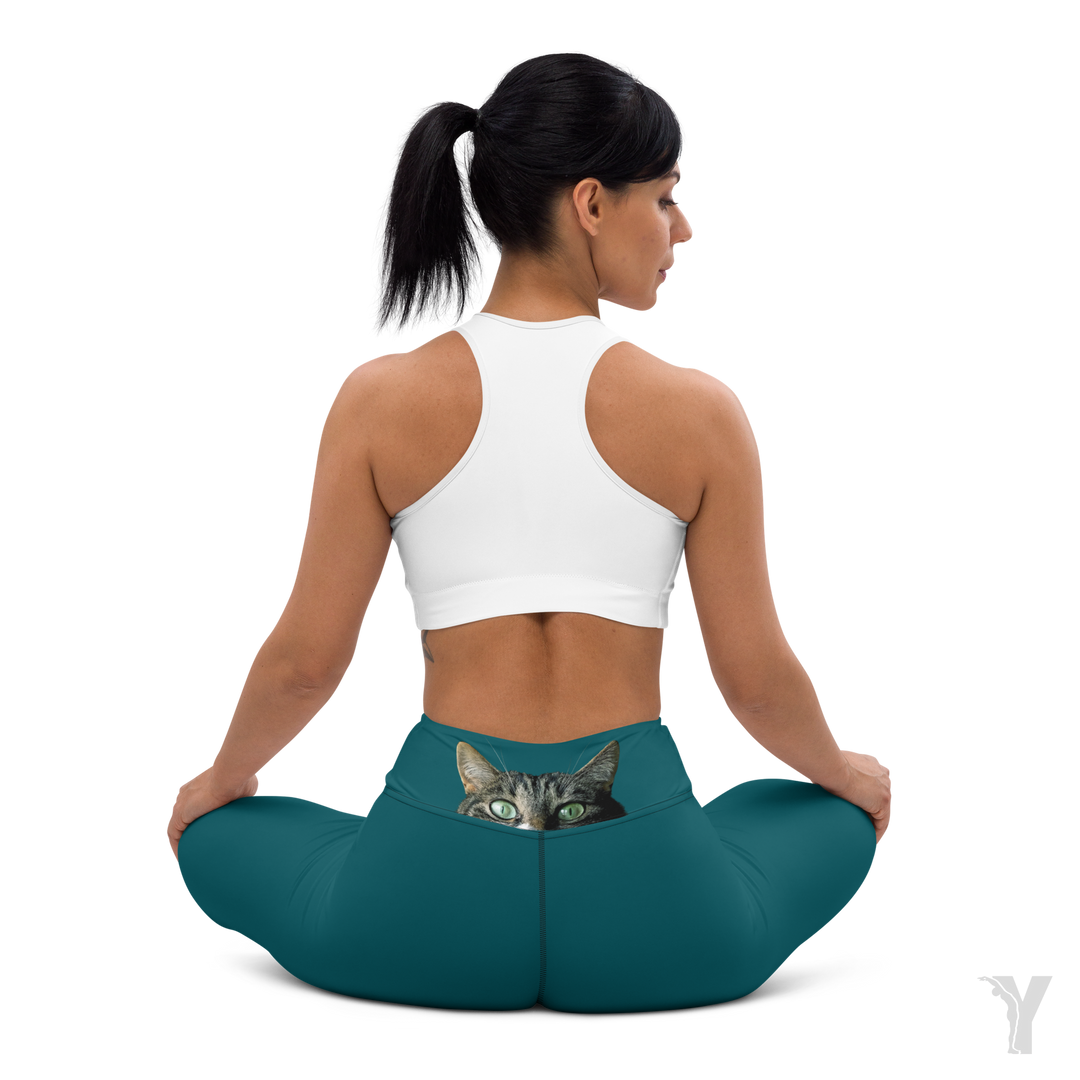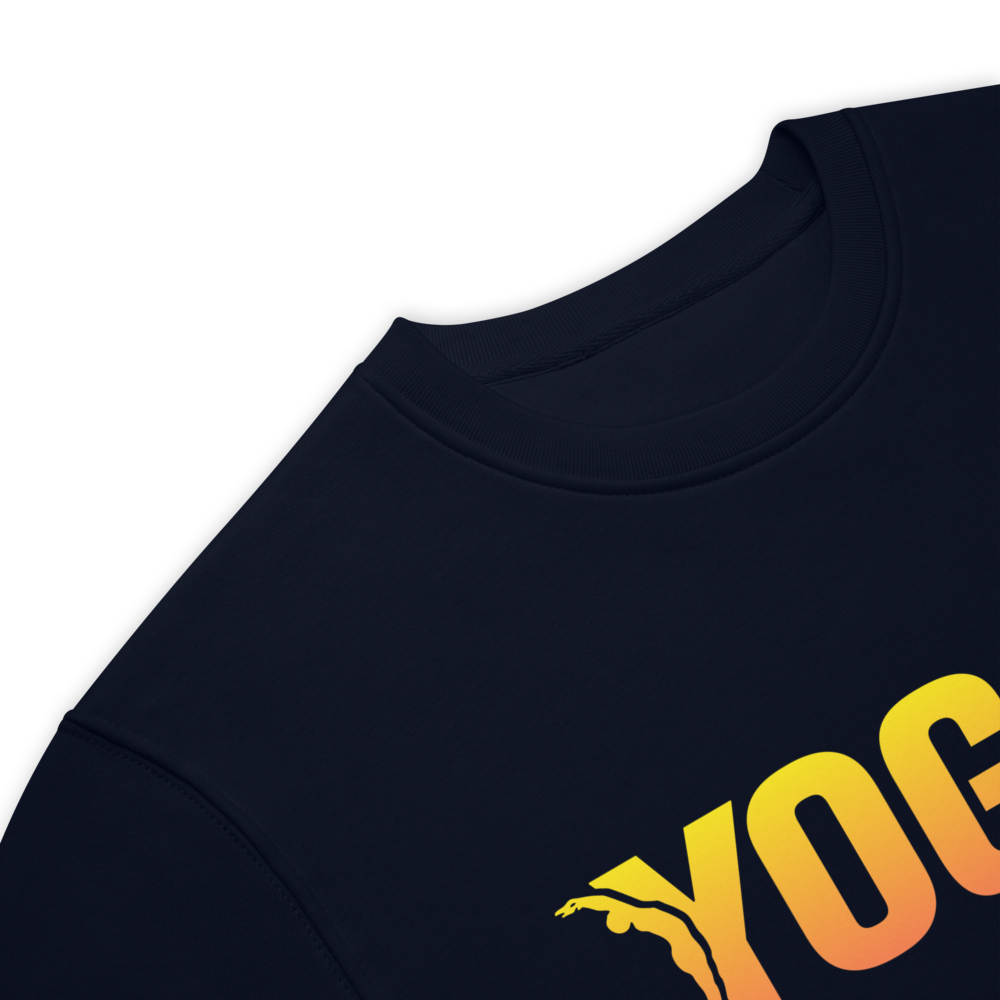The benefits of somatic yoga

Discover somatic yoga: benefits and essential practices
Introduction to Somatic Yoga: A Path to Body Awareness
Somatic yoga is distinguished from other forms of yoga by its unique approach focused on internal listening and responding to the body's signals.
Originating from the work of Thomas Hanna , somatic yoga is not just about improving flexibility or strength but seeks to re-educate the body and mind to function more harmoniously . If you are looking to deepen your connection with your body, this practice could be the key!
Somatic yoga aims to release chronic tension using conscious and repeated movements . This practice helps retrain the brain to send the right signals to the muscles, thus promoting better posture and a reduction in physical pain.
Somatic yoga gets its name from the somatic nervous system , which controls the body's muscular movements. This system controls voluntary movements such as greeting or chewing, but also involuntary reflexes. For example, automatically withdrawing your hand after touching something hot is an instantaneous reaction due to this nervous system.
In fact, the somatic nervous system is made up of sensory nerves (related to the senses) and motor nerves (related to muscle movement). It receives sensory information from the environment and responds with appropriate motor actions. However, it can suffer from “sensory-motor amnesia,” a condition where the brain loses the ability to control certain muscles. This causes chronic pain , stiffness, and an inability for muscles to relax.
Somatic yoga poses are particularly helpful in addressing these issues.
Integrating Somatic Yoga into Your Daily Routine
To get the most out of somatic yoga, incorporate the practice into your routine several times a week. Start with 20- to 30-minute sessions , focusing on fluidity of movement and responsiveness to your body's sensations. If you're a beginner, take your time to explore each move and don't be afraid to use props like blocks or cushions for support.
We offer you 2 asanas to discover somatic yoga. These are classic yoga asanas but through a sensory approach, they will allow you to (start) to feel your body in an active and subtle way.
Seated Spinal Twist (Ardha Matsyendrasana)
Sit with your legs extended in front of you. Bend your right knee and step your foot over your left leg, placing your foot flat on the floor.
Place your left elbow on your right knee and use it to help you rotate your upper body to the right. This pose increases spinal flexibility and stimulates the abdominal organs, promoting better digestion and heightened somatic awareness.

Child's Pose (Balasana)
On your knees, touch your big toes together and sit back on your heels. Spread your knees slightly and lean forward, extending your arms in front of you or leaving them at your sides.
Rest your forehead on the floor to deepen relaxation. Balasana is an excellent pose for relaxation and to reduce stress and anxiety, while encouraging deep listening to the body.

In summary, somatic yoga is a wonderful exploration of body awareness that can transform the way you live and move.
Whether you’re looking to reduce stress, improve your flexibility, or simply find a new way to connect with yourself, somatic yoga offers valuable and accessible tools. Get started and discover the positive changes this practice can bring to your life.


















